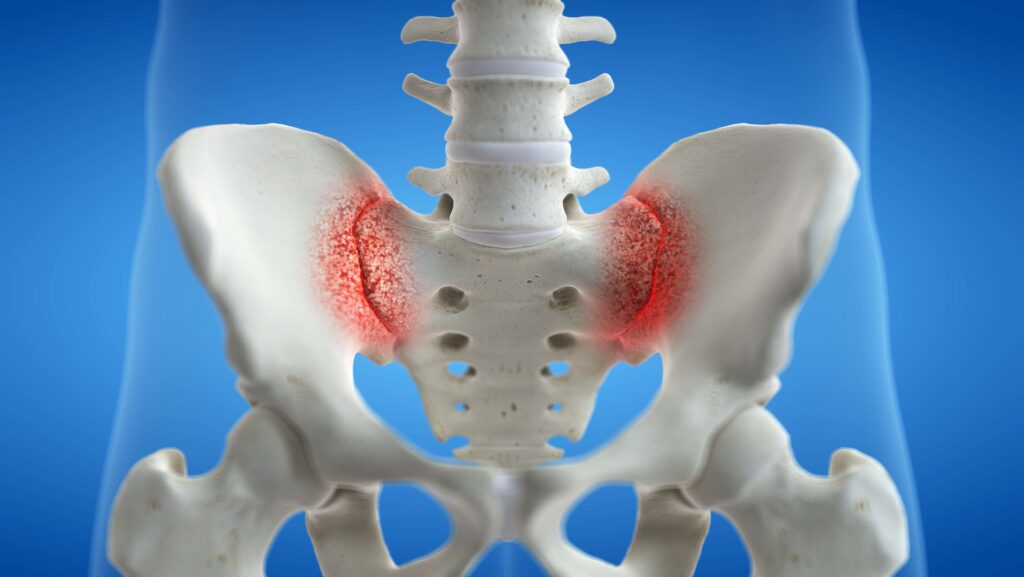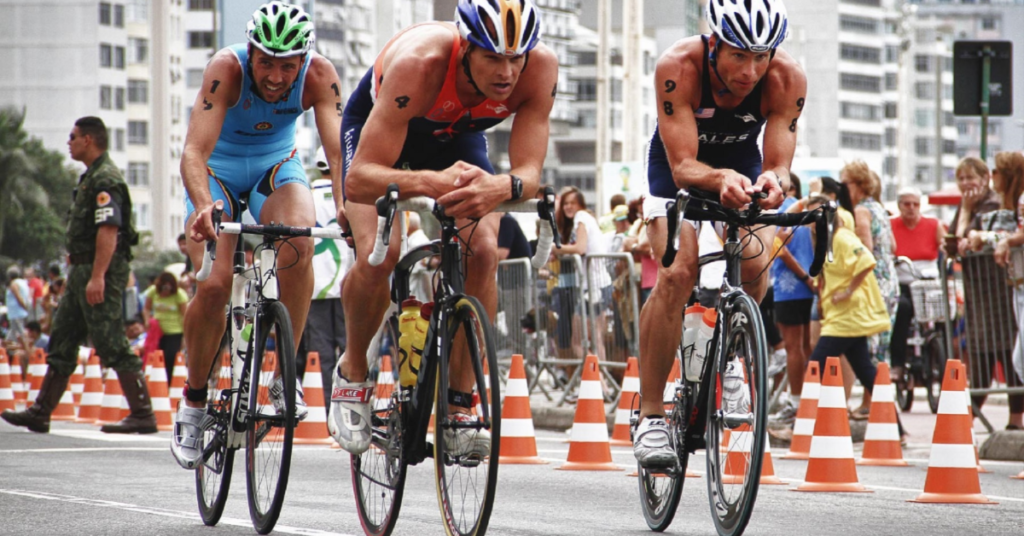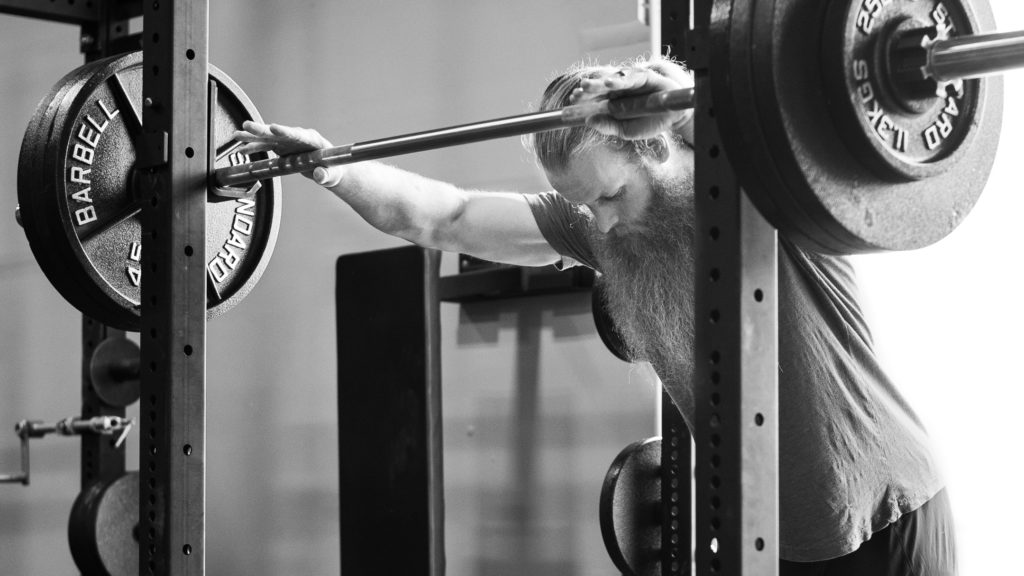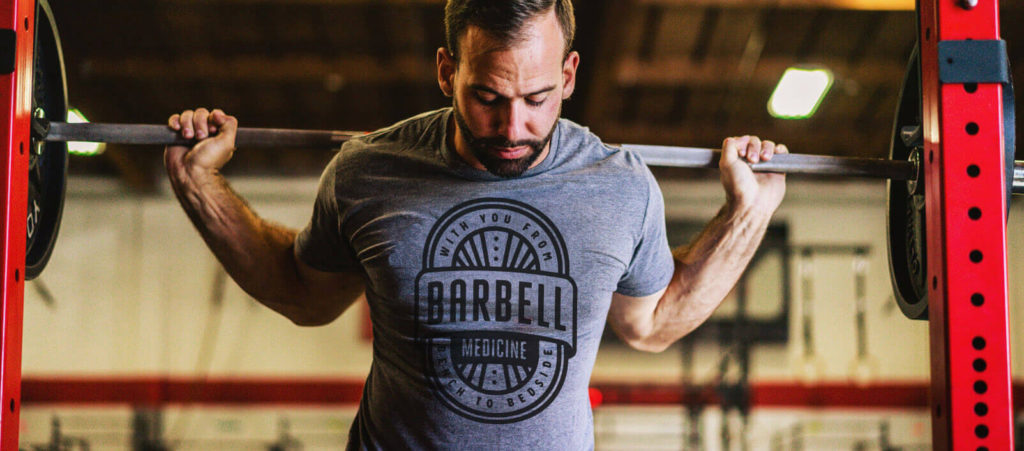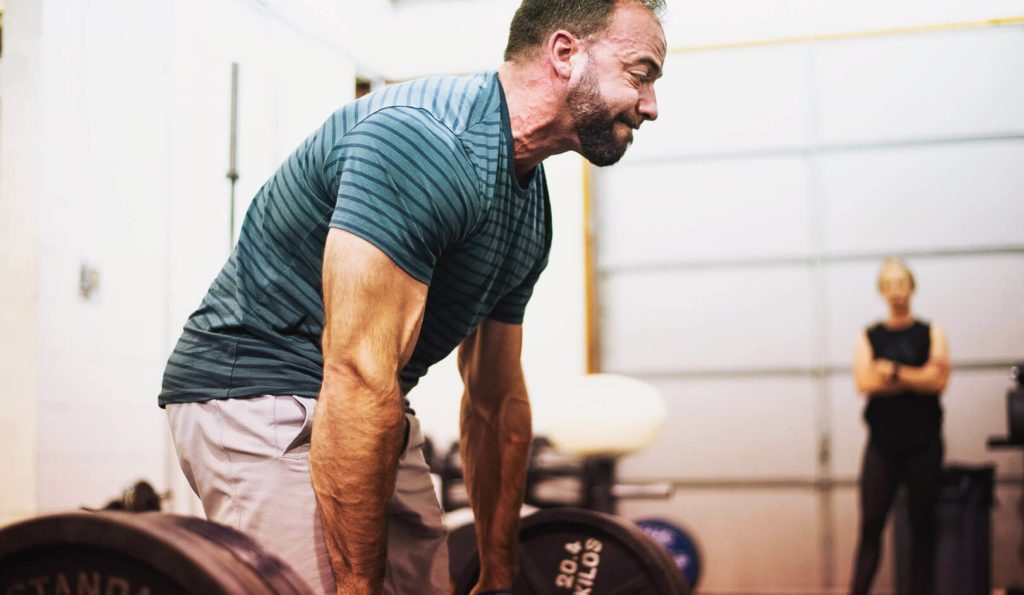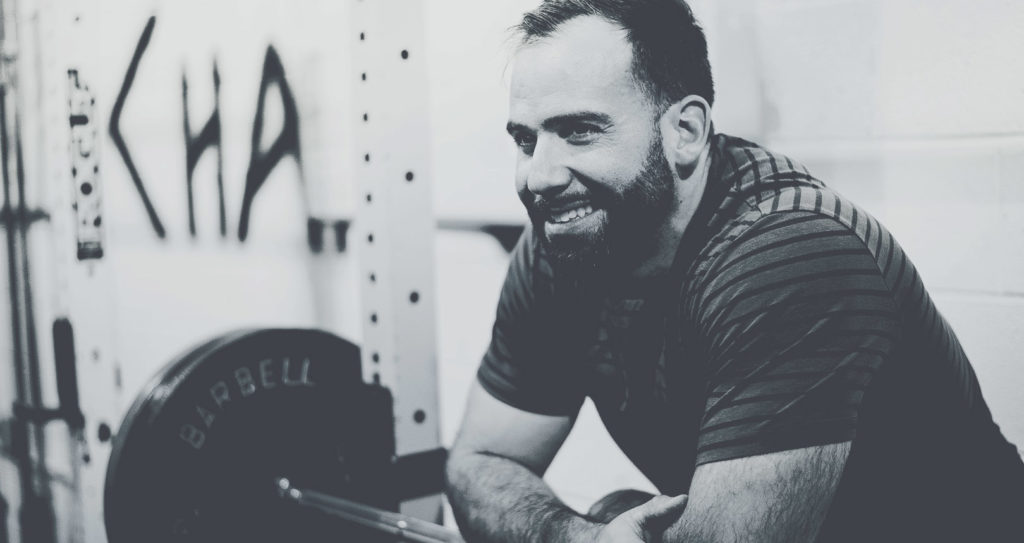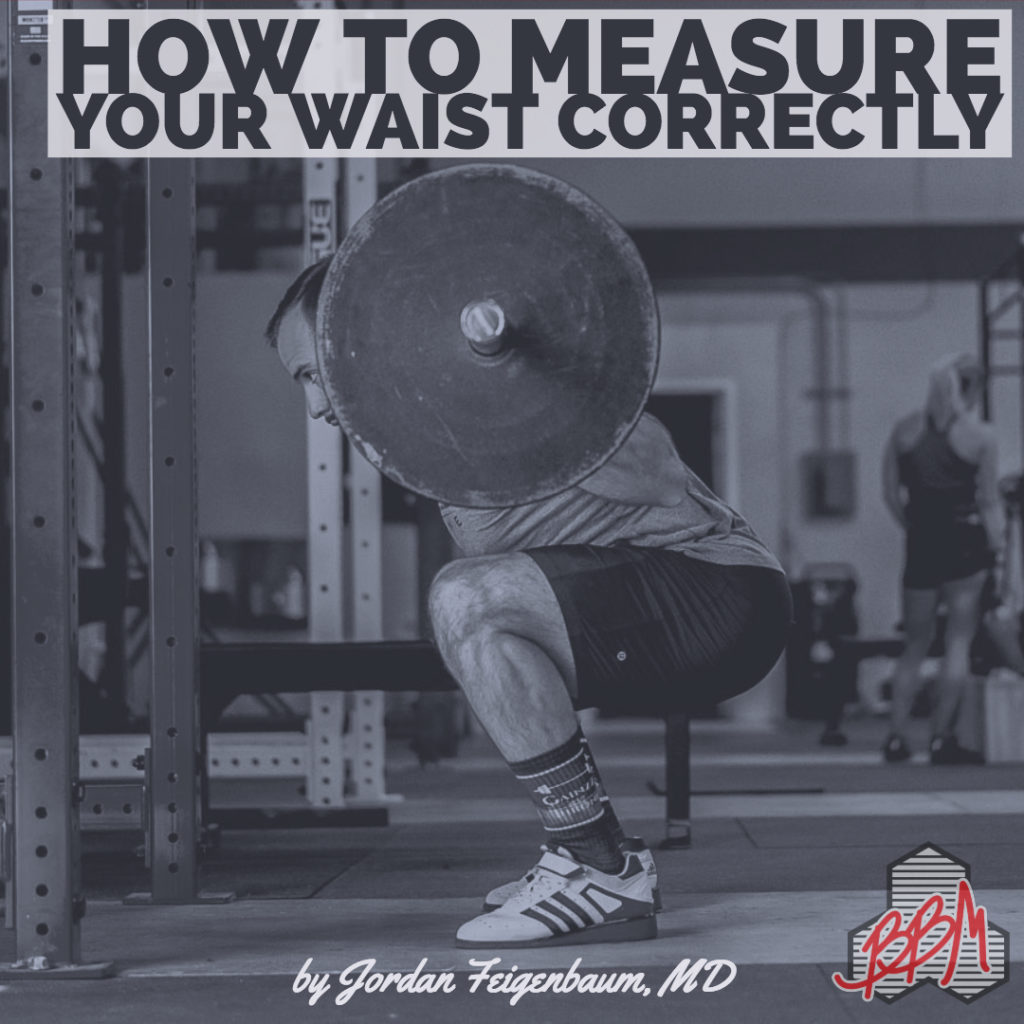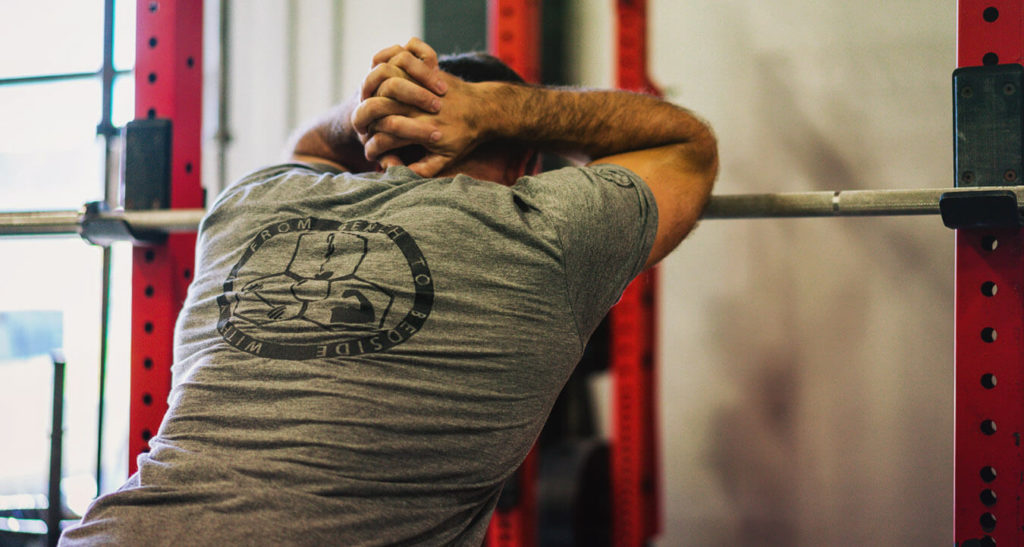
How-To Train For Power After an Injury
What approaches come to mind when thinking about rehabilitation after an injury? Many people imagine visiting an outpatient physical therapy clinic and receiving various treatment modalities like ultrasound, needles, cups, taping, or scraping painful areas. Others might think of low-level “physical therapy exercises” like clamshells lying down on a mat or light band-resisted activities. For […]
